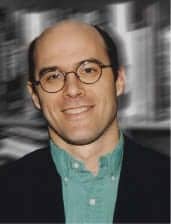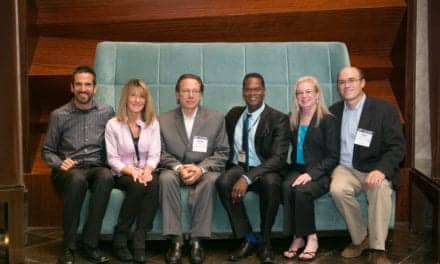Staff Standpoint | October 2016 Hearing Review
The hearing care market is changing rapidly due to many factors. This includes the successful entry of Big Box retailers, new insurance and contract providers, the continued forward retail consolidation by manufacturers, hearables and new technologies, and increased competition on virtually all fronts. Add to this the potential changes recommended by the President’s Council of Advisors on Science and Technology (PCAST) and the National Academy of Sciences, and it becomes apparent that the future will bring even more shifting ground.
In my opinion, the October 2016 edition of The Hearing Review, guest-edited by Brian Taylor, AuD, offers hearing healthcare professionals a clear path to a more prominent position, above the swift currents of change, in the future of general healthcare. This entails emphasizing your expertise and services, while offering a wider variety of targeted solutions for people with hearing problems (including those with mild or no measurable hearing loss). In Dr Taylor’s introduction, he points out that the traditional solution for solving a hearing problem has been a hearing aid and many follow-up testing/refitting/counseling appointments.
This uni-solution approach—an approach which should remain a central component of our armamentarium for years to come—has effectively limited the numbers and kinds of patients seen in a practice, while placing the professionals’ expertise, problem-solving capabilities, and services in the backseat to a device. Too often, our field has placed patients into two categories: “needs a hearing aid” or “doesn’t need a hearing aid.” We know, and the scientific literature is clear, that hearing solutions can be far more nuanced (see articles in this issue by Dr Taylor, and by Dan Quall). The hearing care field needs to start acknowledging and serving all consumers who are seeking hearing help—which encompasses hearing conservation, education, and outreach (see the article by Melanie Buhr-Lawler, AuD).
In his article in this same edition, John Bakke, MD, MBA, explains why hearing care professionals will assume a much greater role in the future of general healthcare. In today’s new era of “value-based reimbursement”—where physicians are paid more for better outcomes—the medical community will soon recognize not just the enormous health implications and co-morbidities associated with hearing loss (reduced cognition, depression, falls, diabetes, etc), but they will also realize that patients who hear and understand their recommendations are far more likely to comply with those instructions and achieve better outcomes. Improved health literacy will support greater understanding and compliance among patients, as explained in the article by Jennifer Gilligan, AuD, and Barbara Weinstein, PhD.
Change is often accompanied by much hand-wringing and anxiety. However, people will always need the knowledge, skills, and services of a hearing care professional. It’s critical to acknowledge that while consumers with hearing loss may gain access to these services via many different methods (eg, tele-practice), a large proportion of them will need and benefit from a professional.
James Jerger, PhD, recently published a letter in Audiology Today (“Is It Time to Panic?” Sept/Oct 2016), describing former ASHA President (1958-1980) Ken Johnson’s fight to bar audiologists from dispensing hearing aids “because in no other health care profession was the professional allowed to share in a financial transaction involving the dispensing of a physical product.” While Dr Jerger certainly doesn’t endorse turning back the clock, a point he makes is the folly in tying the profession to a product and distancing itself from medicine and otolaryngology (also see Bob Tysoe’s article about physician outreach and patient engagement). Interventional audiology places the emphasis back on the tools and techniques of evaluation and treatment.
Articles in This Special Edition about Interventional Audiology Services:
Introduction: Interventional Audiology Services: Meeting the Demands of Today’s Consumer, by Brian Taylor, AuD, Guest Editor
What Hearing Care Professionals Need to Know About Today’s Healthcare Economics, By John Bakke, MD, MBA
Intervening in the Care of More Patients: Beyond Clinic-based Testing and Fitting, by Brian Taylor, AuD
Incorporating Health Literacy into Your Hearing Care Practice, by Jennifer Gilligan, AuD, and Barbara E. Weinstein, PhD
Patient Engagement Through Interventional Counseling and Physician Outreach, by Robert Tysoe
Patient Complexity and Professional Time: Improving Efficiencies in the Service Model, by Dan Quall, MS, and Brian Taylor
Thinking Outside the Booth: Three Overlapping Categories of University Audiology Outreach, By Melanie Buhr-Lawler, AuD




